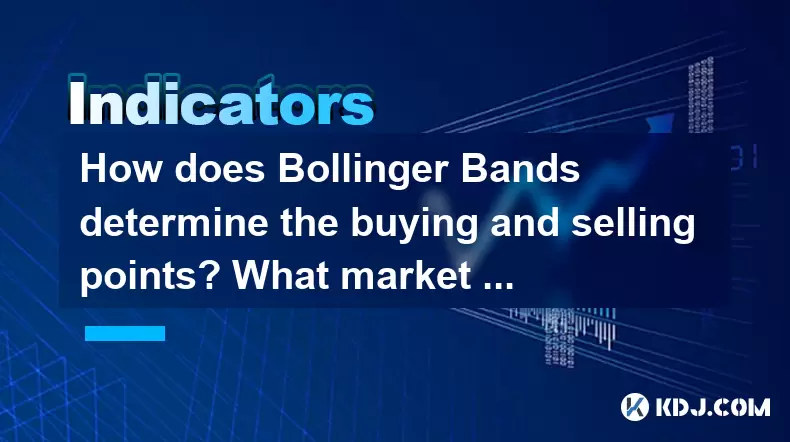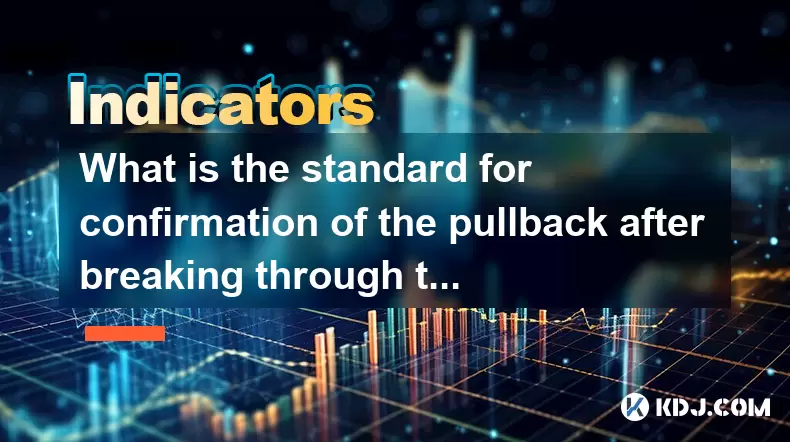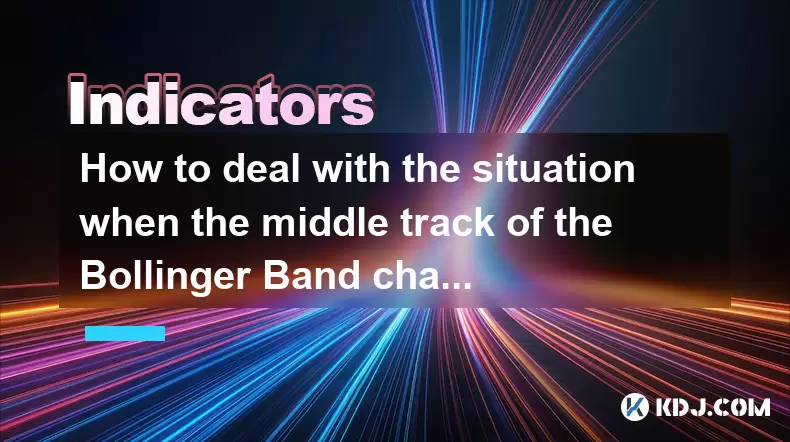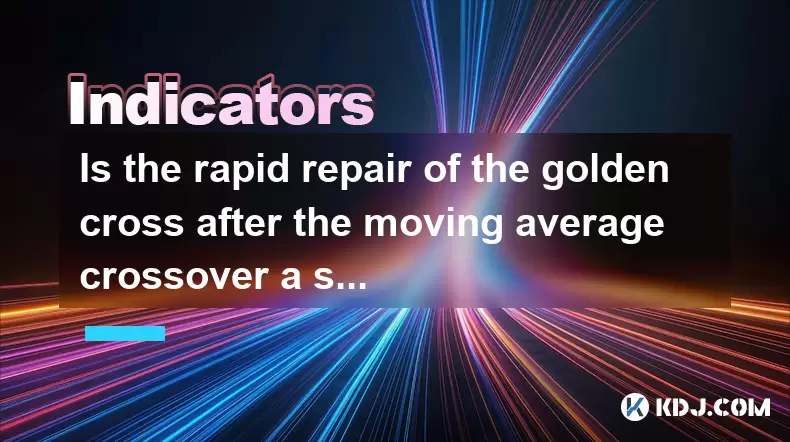-
 Bitcoin
Bitcoin $101,898.5005
-0.75% -
 Ethereum
Ethereum $2,258.1125
-1.07% -
 Tether USDt
Tether USDt $1.0004
0.01% -
 XRP
XRP $2.0178
-2.93% -
 BNB
BNB $624.0243
-1.53% -
 Solana
Solana $134.3298
-0.90% -
 USDC
USDC $0.9999
0.01% -
 TRON
TRON $0.2675
-2.05% -
 Dogecoin
Dogecoin $0.1538
-1.96% -
 Cardano
Cardano $0.5482
-1.11% -
 Hyperliquid
Hyperliquid $35.5636
5.45% -
 Bitcoin Cash
Bitcoin Cash $453.4902
-1.66% -
 Sui
Sui $2.5134
-2.97% -
 UNUS SED LEO
UNUS SED LEO $9.1292
1.77% -
 Chainlink
Chainlink $11.8457
-1.60% -
 Stellar
Stellar $0.2312
-2.73% -
 Avalanche
Avalanche $16.9721
0.29% -
 Toncoin
Toncoin $2.7549
-3.82% -
 Shiba Inu
Shiba Inu $0.0...01081
-1.10% -
 Litecoin
Litecoin $80.8250
-0.71% -
 Hedera
Hedera $0.1374
0.21% -
 Monero
Monero $305.4827
-2.36% -
 Ethena USDe
Ethena USDe $1.0006
0.00% -
 Dai
Dai $1.0000
-0.01% -
 Polkadot
Polkadot $3.2085
-3.12% -
 Bitget Token
Bitget Token $4.0845
-3.13% -
 Uniswap
Uniswap $6.3353
-1.63% -
 Pi
Pi $0.5085
-0.70% -
 Pepe
Pepe $0.0...08913
-3.82% -
 Aave
Aave $232.7090
-0.58%
How does Bollinger Bands determine the buying and selling points? What market conditions are suitable for?
Bollinger Bands, developed by John Bollinger, help crypto traders identify buying and selling points by using a moving average and two standard deviation bands.
May 23, 2025 at 08:35 am

Introduction to Bollinger Bands
Bollinger Bands are a technical analysis tool developed by John Bollinger in the 1980s. They consist of a simple moving average (SMA) and two standard deviation bands, one above and one below the SMA. These bands expand and contract based on market volatility. Bollinger Bands are widely used in the cryptocurrency market to determine potential buying and selling points, as well as to gauge market conditions.
How Bollinger Bands Work
The core components of Bollinger Bands are:
- Middle Band: A simple moving average (SMA) typically set to 20 periods.
- Upper Band: The SMA plus two standard deviations.
- Lower Band: The SMA minus two standard deviations.
The bands adjust dynamically to market volatility. When the market is volatile, the bands widen; when it is stable, they narrow. This feature helps traders identify overbought and oversold conditions, as well as potential breakouts.
Determining Buying Points with Bollinger Bands
Buying points are typically identified when the price of a cryptocurrency touches or moves close to the lower Bollinger Band. This suggests that the asset may be oversold and could be due for a price increase. Here’s how to identify buying points using Bollinger Bands:
- Look for the price to touch the lower band. This indicates that the price has reached a potentially oversold condition.
- Watch for the price to start moving away from the lower band. A move away from the lower band can signal the beginning of a bullish trend.
- Confirm with other indicators. It’s advisable to use additional technical indicators, such as the Relative Strength Index (RSI) or the Moving Average Convergence Divergence (MACD), to confirm the buying signal.
Determining Selling Points with Bollinger Bands
Selling points are identified when the price of a cryptocurrency touches or moves close to the upper Bollinger Band. This suggests that the asset may be overbought and could be due for a price decrease. Here’s how to identify selling points using Bollinger Bands:
- Look for the price to touch the upper band. This indicates that the price has reached a potentially overbought condition.
- Watch for the price to start moving away from the upper band. A move away from the upper band can signal the beginning of a bearish trend.
- Confirm with other indicators. Again, it’s beneficial to use additional technical indicators to confirm the selling signal.
Market Conditions Suitable for Bollinger Bands
Bollinger Bands are versatile and can be used in various market conditions. However, they are particularly effective in the following scenarios:
- Trending Markets: Bollinger Bands help identify the strength and continuation of trends. In a strong uptrend, the price will often hug the upper band, while in a strong downtrend, it will hug the lower band.
- Range-Bound Markets: In markets with little volatility, Bollinger Bands can help identify the upper and lower limits of the trading range. Traders can buy near the lower band and sell near the upper band.
- Breakout Scenarios: Bollinger Bands can signal potential breakouts when the price moves outside the bands. A move above the upper band may indicate a bullish breakout, while a move below the lower band may signal a bearish breakout.
Using Bollinger Bands in Cryptocurrency Trading
To effectively use Bollinger Bands in cryptocurrency trading, follow these steps:
- Select the Right Time Frame: Choose a time frame that aligns with your trading strategy. Shorter time frames (e.g., 15 minutes, 1 hour) are suitable for day traders, while longer time frames (e.g., daily, weekly) are better for swing traders.
- Set Up Bollinger Bands: Configure the Bollinger Bands on your trading platform. The default settings are usually a 20-period SMA with two standard deviations, but you can adjust these parameters based on your analysis.
- Monitor Price Action: Continuously observe the price action in relation to the Bollinger Bands. Look for opportunities where the price touches or moves away from the bands.
- Combine with Other Indicators: Use other technical indicators to confirm signals from Bollinger Bands. For example, if the RSI indicates an oversold condition when the price touches the lower band, it strengthens the buying signal.
- Implement Risk Management: Always use stop-loss orders to manage risk. Set your stop-loss just below the lower band for long positions and just above the upper band for short positions.
Practical Example of Using Bollinger Bands
Let’s consider a practical example of how to use Bollinger Bands to trade Bitcoin (BTC).
- Step 1: Open your trading platform and select a chart for Bitcoin.
- Step 2: Add Bollinger Bands to the chart with the default settings (20-period SMA, two standard deviations).
- Step 3: Observe the price action. Let’s say the price of Bitcoin touches the lower Bollinger Band at $30,000.
- Step 4: Check other indicators like the RSI. If the RSI is below 30, indicating an oversold condition, this confirms the buying signal.
- Step 5: Place a buy order at $30,000 with a stop-loss just below the lower band, perhaps at $29,500.
- Step 6: Monitor the price. If the price starts moving away from the lower band and towards the middle band, it’s a sign that the trade is going in your favor.
- Step 7: When the price touches the upper Bollinger Band at $32,000, consider taking profits. Confirm with other indicators, such as the RSI moving above 70, indicating an overbought condition.
- Step 8: Place a sell order at $32,000 to close the position.
Frequently Asked Questions
Q1: Can Bollinger Bands be used for all cryptocurrencies?
Yes, Bollinger Bands can be applied to any cryptocurrency. However, the effectiveness may vary depending on the liquidity and volatility of the specific cryptocurrency. More liquid assets like Bitcoin and Ethereum tend to provide clearer signals.
Q2: How often should I adjust the Bollinger Bands settings?
The default settings of 20 periods and two standard deviations are widely used and generally effective. However, you may need to adjust these settings based on the specific cryptocurrency and time frame you are trading. Experiment with different settings to find what works best for your strategy.
Q3: Are Bollinger Bands effective in highly volatile markets?
Yes, Bollinger Bands are particularly useful in volatile markets because they adjust to the market’s volatility. The bands widen during high volatility, which helps traders identify potential overbought and oversold conditions more accurately.
Q4: Can Bollinger Bands predict market reversals?
While Bollinger Bands can indicate potential overbought and oversold conditions, they do not predict market reversals with certainty. They should be used in conjunction with other technical indicators and fundamental analysis to increase the accuracy of your predictions.
Disclaimer:info@kdj.com
The information provided is not trading advice. kdj.com does not assume any responsibility for any investments made based on the information provided in this article. Cryptocurrencies are highly volatile and it is highly recommended that you invest with caution after thorough research!
If you believe that the content used on this website infringes your copyright, please contact us immediately (info@kdj.com) and we will delete it promptly.
- Cryptocurrencies, Coingecko, and Trending Tokens: What's Hot Now?
- 2025-06-23 23:05:12
- Bitcoin, Meerkat, and Onchain Engagement: A New Era of Crypto
- 2025-06-23 23:25:12
- Cloud Mining, Bitcoin, and XRP: A 2025 Perspective
- 2025-06-23 23:25:12
- Neo Pepe Coin: Meme Crypto with Explosive Potential?
- 2025-06-23 23:45:12
- FUNToken: Decoding Past Trends and Getting Started in the Gaming Crypto Sphere
- 2025-06-23 22:25:12
- Eyenovia Goes Crypto: A HYPE Treasury and Potential Rebrand
- 2025-06-23 23:45:12
Related knowledge

Is it contradictory that the moving average system is arranged in a bullish pattern but the DMI shows a decline in trend strength?
Jun 23,2025 at 11:43pm
Understanding the Moving Average and DMI RelationshipIn cryptocurrency trading, technical analysis plays a crucial role in identifying potential trends and making informed decisions. Two of the most commonly used indicators are the Moving Average (MA) and the Directional Movement Index (DMI). While both tools aim to provide insight into market direction...

What is the significance of the gap formed by the gap opening not being filled within five days?
Jun 23,2025 at 09:42pm
Understanding Gaps in Cryptocurrency TradingIn the world of cryptocurrency trading, a gap refers to a situation where the price of an asset jumps from one level to another without any trading activity occurring between those two levels. This often happens over weekends or holidays when the market is closed, and significant news or events occur that impa...

What is the standard for confirmation of the pullback after breaking through the neckline with large volume?
Jun 23,2025 at 11:28pm
Understanding the Neckline in Technical AnalysisIn technical analysis, the neckline is a critical support or resistance level that appears in chart patterns such as head and shoulders, double tops, and double bottoms. It typically connects two or more lows (in the case of a head and shoulders top) or highs (in the case of a head and shoulders bottom). W...

How to deal with the situation when the middle track of the Bollinger Band changes from support to resistance?
Jun 23,2025 at 11:22pm
Understanding the Bollinger Band Middle TrackThe Bollinger Band is a widely used technical indicator in cryptocurrency trading. It consists of three lines: the upper band, the lower band, and the middle track, which is typically a 20-period simple moving average (SMA). Traders often rely on the middle track as a dynamic support or resistance level. Howe...

Is the rapid repair of the golden cross after the moving average crossover a signal of inducing short selling?
Jun 24,2025 at 12:01am
Understanding Moving Averages and Their Role in Technical AnalysisIn the realm of technical analysis, moving averages (MAs) are among the most widely used tools by traders to identify trends and potential reversals. These indicators smooth out price data over a specific time period, offering a clearer view of market direction. The two most common types ...

Does the second golden cross of MACD above the zero axis represent the continuation of strength?
Jun 23,2025 at 08:21pm
Understanding the MACD IndicatorThe Moving Average Convergence Divergence (MACD) is a widely used technical analysis tool in cryptocurrency trading. It consists of three main components: the MACD line, the signal line, and the histogram. The MACD line is calculated by subtracting the 26-period Exponential Moving Average (EMA) from the 12-period EMA. The...

Is it contradictory that the moving average system is arranged in a bullish pattern but the DMI shows a decline in trend strength?
Jun 23,2025 at 11:43pm
Understanding the Moving Average and DMI RelationshipIn cryptocurrency trading, technical analysis plays a crucial role in identifying potential trends and making informed decisions. Two of the most commonly used indicators are the Moving Average (MA) and the Directional Movement Index (DMI). While both tools aim to provide insight into market direction...

What is the significance of the gap formed by the gap opening not being filled within five days?
Jun 23,2025 at 09:42pm
Understanding Gaps in Cryptocurrency TradingIn the world of cryptocurrency trading, a gap refers to a situation where the price of an asset jumps from one level to another without any trading activity occurring between those two levels. This often happens over weekends or holidays when the market is closed, and significant news or events occur that impa...

What is the standard for confirmation of the pullback after breaking through the neckline with large volume?
Jun 23,2025 at 11:28pm
Understanding the Neckline in Technical AnalysisIn technical analysis, the neckline is a critical support or resistance level that appears in chart patterns such as head and shoulders, double tops, and double bottoms. It typically connects two or more lows (in the case of a head and shoulders top) or highs (in the case of a head and shoulders bottom). W...

How to deal with the situation when the middle track of the Bollinger Band changes from support to resistance?
Jun 23,2025 at 11:22pm
Understanding the Bollinger Band Middle TrackThe Bollinger Band is a widely used technical indicator in cryptocurrency trading. It consists of three lines: the upper band, the lower band, and the middle track, which is typically a 20-period simple moving average (SMA). Traders often rely on the middle track as a dynamic support or resistance level. Howe...

Is the rapid repair of the golden cross after the moving average crossover a signal of inducing short selling?
Jun 24,2025 at 12:01am
Understanding Moving Averages and Their Role in Technical AnalysisIn the realm of technical analysis, moving averages (MAs) are among the most widely used tools by traders to identify trends and potential reversals. These indicators smooth out price data over a specific time period, offering a clearer view of market direction. The two most common types ...

Does the second golden cross of MACD above the zero axis represent the continuation of strength?
Jun 23,2025 at 08:21pm
Understanding the MACD IndicatorThe Moving Average Convergence Divergence (MACD) is a widely used technical analysis tool in cryptocurrency trading. It consists of three main components: the MACD line, the signal line, and the histogram. The MACD line is calculated by subtracting the 26-period Exponential Moving Average (EMA) from the 12-period EMA. The...
See all articles
























































































